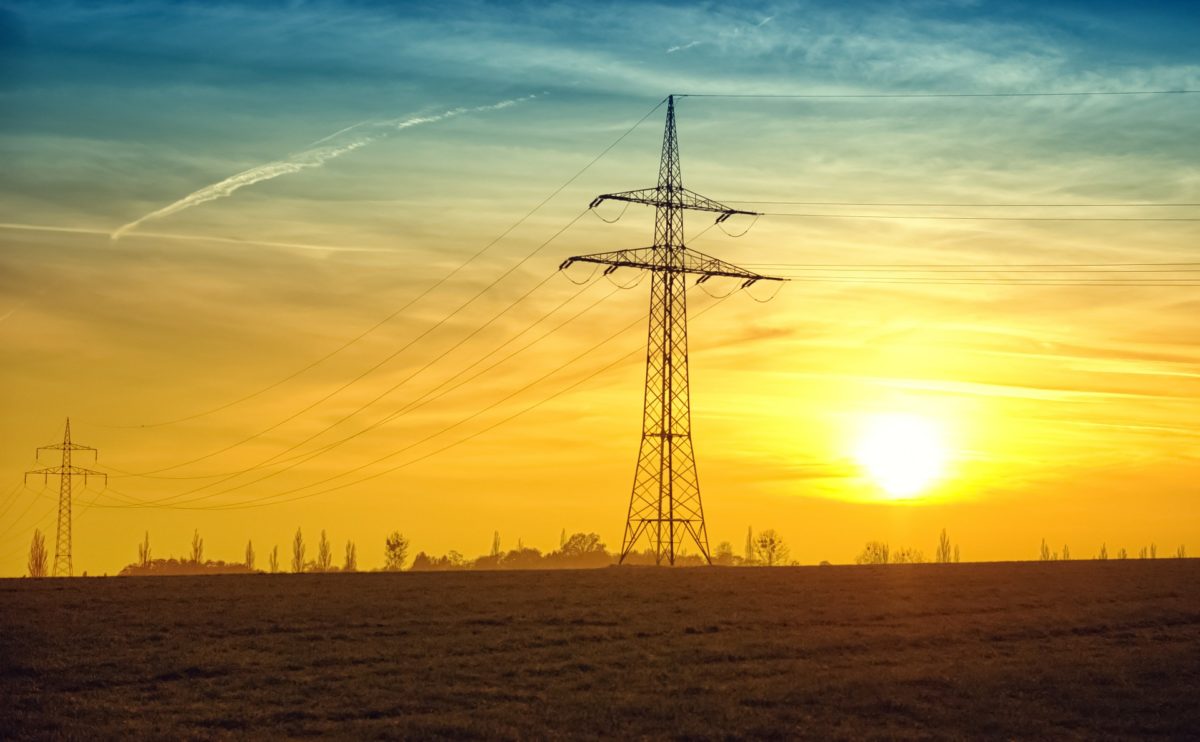Large-scale, front-of-the-meter stationary storage could significantly reduce investments in peak generation and grid reinforcements, according to the International Renewable Energy Agency's (IRENA) new Utility-scale batteries – Innovation Landscape Brief report.
The document, which predicts that global storage capacity from large-scale batteries could grow from about 11 GWh at present to between 100 GWh and 167 GWh in 2030, highlights how big batteries are ideally positioned to serve as capacity reserves, as they can displace peak-generators and eliminate the need for additional investments in peaking plants.
The authors of the paper say grid congestion only occurs in specific situations and for very limited periods of time, which makes grid-reinforcement investments a less-than-ideal solution. Large-scale batteries can instead be easily installed at congestion points as “virtual power lines” to enhance the performance and reliability of a system, IRENA said.
Grid oversizing
Big storage systems offer geographical and sizing flexibility, so they can provide black start services in cases of grid failure, as well as frequency regulation and flexible ramping. “As opposed to conventional plants that can take several seconds to minutes to respond to system operators’ instructions, battery storage systems can typically respond to such requirements within milliseconds,” IRENA said.
Large storage facilities can be an alternative to upgrades. If controlled by system operators, batteries can provide an immediate response during the few hours each year when existing network substations might be overloaded.
One example of storage replacing grid-enhancement investments is a 35 MW storage project that Terna runs next to a 150 kV grid in southern Italy, where a huge amount of solar power has been deployed. Other projects include the Tesla 100 MW/129 MWh Li-ion battery storage system at Hornsdale Wind Farm in Australia, a 90 MW/120 MWh battery storage project that Steag is developing in Germany, and a 34 MW/204 MWh battery storage system connected to a 51 MW wind farm in northern Japan.
More support
Although monetizable and nonmonetizable benefits are already outweighing the upfront costs of deploying big batteries, investors are still reluctant to accept utility-scale storage as a real alternative to costly grid infrastructure upgrades. Clear regulations that define ownership and operating models could enable a wider range of revenue streams for storage providers, IRENA says.
However, a number of regulatory constraints are still preventing the storage business from growing. These include a lack of policy incentives and a dearth of long-term contracts, which can help define revenue streams over the amortization period of a project.
Large-scale batteries should be included in long-term expansion plans for power networks, along with traditional grid and generation investments, IRENA says. “This can include participation in wholesale electricity markets or the sale of frequency response or ramping services to system operators,” the researchers wrote.
This content is protected by copyright and may not be reused. If you want to cooperate with us and would like to reuse some of our content, please contact: editors@pv-magazine.com.




1 comment
By submitting this form you agree to pv magazine using your data for the purposes of publishing your comment.
Your personal data will only be disclosed or otherwise transmitted to third parties for the purposes of spam filtering or if this is necessary for technical maintenance of the website. Any other transfer to third parties will not take place unless this is justified on the basis of applicable data protection regulations or if pv magazine is legally obliged to do so.
You may revoke this consent at any time with effect for the future, in which case your personal data will be deleted immediately. Otherwise, your data will be deleted if pv magazine has processed your request or the purpose of data storage is fulfilled.
Further information on data privacy can be found in our Data Protection Policy.